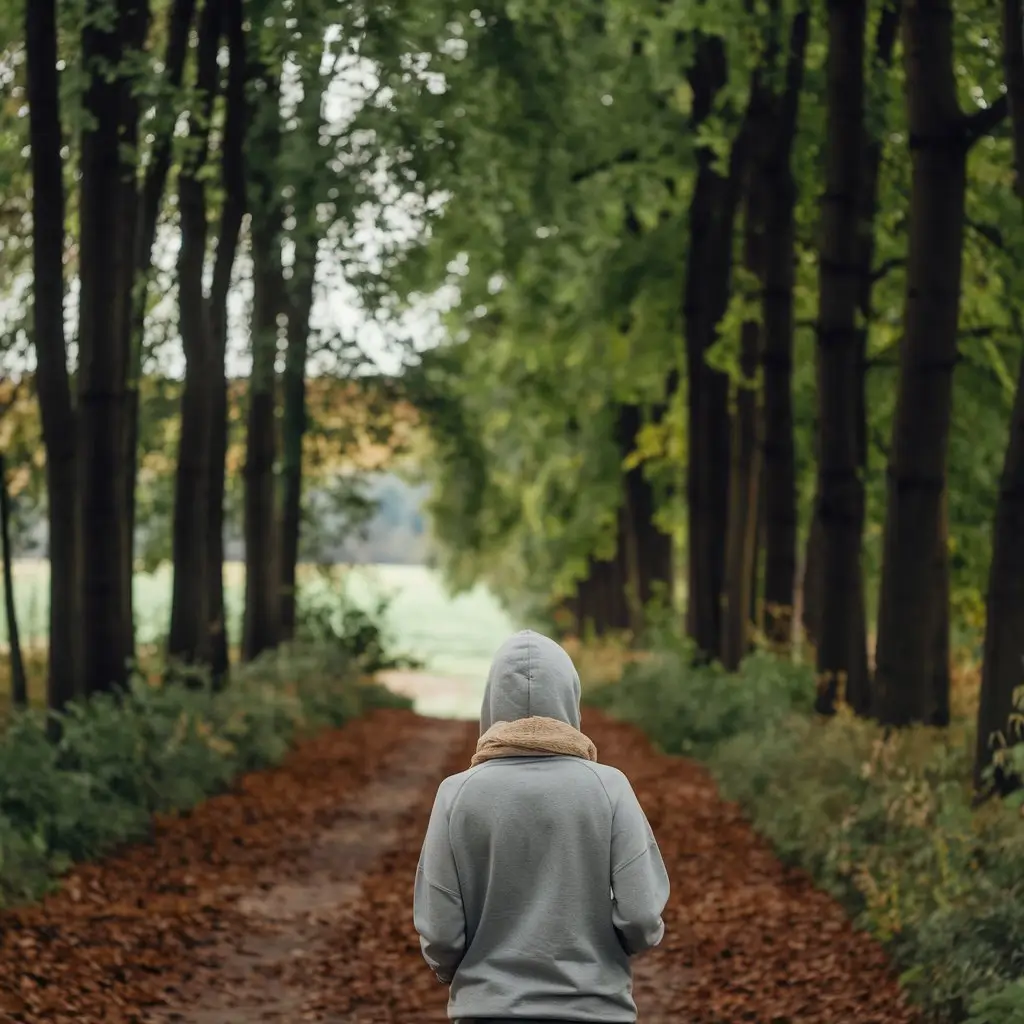Habits play a crucial role in our personal and professional success. Daily actions find their direction from these influential variables, which produce the results we obtain. However, starting new habits can often feel daunting, leading to procrastination and frustration. Enter the 2-Minute Rule, a simple yet powerful strategy that can help us initiate new habits effortlessly. In this article, we will explore the 2-Minute Rule, understand why it works, and discover practical applications to make habit formation easier.
Understanding the 2-Minute Rule
Definition of the 2-Minute Rule
The 2-Minute Rule is a concept introduced by James Clear in his bestselling book, “Atomic Habits.” At its core, the rule encourages individuals to make starting a new habit as simple and quick as possible by reducing it to a task that takes no longer than two minutes. This could mean transforming a larger aspiration into a manageable starting point. For example, instead of committing to an hour of reading each day, the 2-Minute Rule suggests that you begin by reading just one page. The idea is to create a low-friction entry point that reduces the mental barriers associated with habit formation.
This rule is particularly effective because it shifts the focus from the daunting nature of completing a full task to simply initiating action. By concentrating on the first two minutes, we can bypass the overwhelming feelings of commitment and resistance that often accompany new habits.
The Psychology Behind the Rule
The psychological foundation of the 2-Minute Rule lies in its ability to combat inertia, the tendency to resist change and stick to familiar routines. When faced with a new habit, we often encounter a mental block that makes the idea of starting seem burdensome. This is where the 2-Minute Rule shines; by simplifying the process, we lower the psychological barriers to starting.
Reducing Resistance: The 2-Minute Rule minimizes the effort required to begin, making it feel less intimidating. When a task is framed as something that only takes two minutes, it becomes more approachable. This reduction in perceived effort can significantly enhance motivation to start.
Creating a Sense of Accomplishment: Completing even a small task can provide a psychological boost. When you finish those initial two minutes, you experience a sense of achievement, which can propel you to continue beyond the initial effort. This feeling of accomplishment can reinforce your desire to engage in the habit more consistently.
Leveraging the Zeigarnik Effect: The Zeigarnik Effect suggests that people remember unfinished tasks better than completed ones. Starting a habit, even for just two minutes, creates an open loop in your mind that can encourage you to return to the task later. Once you begin, the likelihood of continuing increases, as your brain is inclined to resolve the unfinished action.
Building a Habitual Framework: The 2-Minute Rule lays the groundwork for creating a habitual framework. By consistently starting with manageable tasks, you gradually build a routine that becomes second nature. Over time, these small actions accumulate, leading to significant behavioral changes and the establishment of lasting habits.
Why the 2-Minute Rule Works
Activation Energy Concept
The concept of activation energy comes from chemistry, where it refers to the minimum energy required to initiate a chemical reaction. In the context of habit formation, activation energy describes the initial effort needed to start a new behavior. High activation energy can lead to inertia, making it difficult to take that first step. The 2-Minute Rule effectively lowers this energy requirement by breaking down larger tasks into smaller, more manageable components.
Lowering the Barrier: By framing a new habit in terms of a two-minute commitment, you significantly lower the barrier to entry. For example, if you want to develop a habit of exercising, instead of committing to a full workout session, you might simply say, “I will put on my workout clothes and do two minutes of stretching.” This smaller commitment feels less overwhelming and more achievable, making it easier to start.
Reducing Mental Load: The mental load associated with starting a new habit can be a significant deterrent. When we think about the time and effort required to complete a task, we often feel discouraged. The 2-Minute Rule simplifies this by allowing us to focus on just the initial action, thereby reducing cognitive strain and making it easier to overcome procrastination.

Building Momentum
Once you initiate a task, you tap into the power of momentum. The 2-Minute Rule not only helps you start a habit but also encourages you to continue beyond those initial two minutes. This momentum is crucial for establishing lasting habits.
The Power of Small Wins: Achieving small wins can create a positive feedback loop. When you successfully complete a two-minute task, you gain a sense of accomplishment that motivates you to continue. For example, after reading one page of a book, you might feel inspired to read another page, then another. Building self-confidence while strengthening your new habit occurs as you achieve little triumphs.
The “Just Start” Principle: The idea of simply starting is powerful. Often, the hardest part about any task is getting going. Once you begin, you may find that the initial resistance fades, and you naturally want to keep going. The 2-Minute Rule eliminates the pressure of committing to a lengthy task, allowing you to ease into it and maintain that momentum.
Repeated implementation of the 2-Minute Rule through time will enable you to create a consistent routine. Habits develop this way so they eventually need fewer conscious actions to sustain themselves. Daily dedication to two-minute meditation sessions might lead you to meditate longer periods of time without mental focus about it. Automatic behavior development becomes possible after transitioning away from conscious effort toward a routine.
The Role of Environment
Another reason the 2-Minute Rule is effective lies in how it encourages you to optimize your environment for success. When you break tasks down into two-minute actions, you can create an environment that supports those quick wins.
Reducing Distractions: By focusing on a short, manageable task, you can eliminate distractions that might otherwise derail your efforts. For example, if your goal is to write, setting a timer for two minutes can help you concentrate solely on writing during that brief period, free from interruptions.
Setting Up for Success: The 2-Minute Rule encourages you to prepare your environment in advance. If you want to read, for instance, keep a book on your nightstand, making it easy to pick it up for those two minutes before sleep. This proactive approach reinforces the habit and makes it easier to engage with it consistently.
Creating Cues for Action: By associating two-minute tasks with specific cues in your environment, you can establish a reliable rhythm for your habits. For instance, if you want to drink more water, place a water bottle on your desk as a visual reminder to drink during those two minutes. Over time, these cues will prompt you to engage in the behavior more automatically.
Practical Applications of the 2-Minute Rule
The 2-Minute Rule is not just a theoretical concept; it is a practical strategy that can be applied across various aspects of life. Here, we explore how to implement the 2-Minute Rule effectively and provide specific examples that demonstrate its versatility.
Easy-to-Implement Examples
Reading: Instead of setting an ambitious goal of reading an entire book within a week, start by committing to read just one page each day. This small action can quickly become a daily habit. Once you open the book and read one page, you may find yourself wanting to continue reading more, leading to a gradual increase in your reading time.
Exercise: Many people struggle with starting a workout routine due to the perceived time commitment. By applying the 2-Minute Rule, you can begin with just two minutes of activity. This could be as simple as doing a couple of push-ups, stretches, or a short yoga pose. Starting small can help ease you into a more extensive exercise routine, and many find that once they start, they naturally want to keep going.
Cleaning: Household chores can often feel overwhelming. Instead of committing to deep clean an entire room, focus on tidying one small area for two minutes. This could mean picking up clutter from your desk, wiping down a kitchen counter, or sorting through a drawer. By breaking tasks into smaller segments, you can maintain a clean space without feeling burdened by larger cleaning tasks.
Writing: If you struggle with writing, whether it’s for a blog, journal, or work-related tasks, start by writing just two sentences. This low bar lowers the pressure and allows you to get your thoughts flowing. Once you start, you may find that the words come easily, enabling you to write more than you initially planned.
Meditation: For those looking to cultivate mindfulness, committing to just two minutes of meditation can be a great starting point. Simply find a quiet space, set a timer, and focus on your breathing. This brief period can help you ease into a more consistent meditation practice over time, and you might find yourself extending the duration as you become more comfortable.
Habit Stacking with the 2-Minute Rule
Habit stacking functions as an effective addition to the 2-Minute Rule. It involves pairing a new habit with an existing one, creating a seamless transition between routines. This strategy maximizes the effectiveness of the 2-Minute Rule, making it easier to incorporate new behaviors into your daily life.
Morning Routine: People who already follow a morning routine should integrate new habits into their existing practices. For instance, after brushing your teeth, you could spend two minutes stretching or doing a quick breathing exercise. This connection helps establish the new habit as part of your existing routine, making it more likely to stick.
Meal Preparation: If you want to eat healthier, stack a new habit of preparing a healthy snack right after you finish cooking dinner. Spend two minutes slicing fruits or vegetables to have ready for the next day. This small action not only promotes healthier eating habits but also reinforces your commitment to nutrition.
Digital Clean-Up: If you want to declutter your digital life, stack the habit of organizing your email inbox. After checking your emails, spend two minutes deleting unnecessary messages or sorting them into folders. Taking a short amount of time leads to digital organization without causing overwhelming feelings.
Networking: Establishing professional connections becomes easier by reaching out to colleagues and friends as a habit. Spend two minutes sending a message to check in or share an article that might interest them. This small act can lead to meaningful connections and foster professional relationships over time.

Overcoming Barriers to Implementation
While the 2-Minute Rule is designed to make habit formation easier, some individuals may still face challenges in applying it effectively. Here are strategies to overcome potential barriers:
Identify Your Triggers: Recognize specific times or situations when you can implement the 2-Minute Rule. For example, if you struggle to meditate, identify a time in your day when you typically have a few free moments, such as after lunch or before bed.
Create Visual Cues: Set up reminders in your environment to prompt you to engage in your two-minute habits. For instance, leave your workout clothes by your bed or place a book on your pillow to remind you to read before sleeping.
Be Flexible: If you find that two minutes feels too short for a particular habit, allow yourself the flexibility to extend the time as needed. The goal is to start; if you feel inclined to continue, go for it! The important thing is to make that initial effort.
Track Your Progress: Use habit-tracking apps or journals to monitor your two-minute habits. Seeing your progress can boost motivation and help reinforce the habit over time.
Overcoming Challenges with the 2-Minute Rule
While the 2-Minute Rule offers a straightforward approach to habit formation, some individuals may encounter challenges as they attempt to implement it. Recognizing and addressing these obstacles is crucial for ensuring long-term success. This section explores common challenges and provides strategies to overcome them effectively.
Common Pitfalls in Habit Formation
Procrastination: One of the most significant barriers to starting new habits is procrastination. The idea of doing something, even if it’s just for two minutes, can feel overwhelming, leading to avoidance. People often tell themselves they’ll start “tomorrow” or “later,” which can create a cycle of inaction.
Perfectionism: Many individuals struggle with the belief that they must perform tasks perfectly. This mindset can create resistance to starting a habit, as people may fear that they won’t be able to meet their own expectations. The desire for perfection can lead to hesitance, preventing progress on even small tasks.
Loss of Motivation: Initial excitement about adopting a new habit can fade over time. As the novelty wears off, individuals may find it challenging to maintain consistency. The initial two minutes may feel insufficient, leading to frustration and a sense of failure if they don’t see immediate results.
Inconsistency: Even with the 2-Minute Rule, it’s possible to struggle with consistency. Life’s demands can create disruptions, making it difficult to carve out those two minutes regularly. Missed days can lead to guilt and further decrease motivation to continue.
Strategies to Stay Committed
Set Clear Intentions: To combat procrastination, set specific intentions for when and how you will apply the 2-Minute Rule. Instead of a vague goal like “I want to read more,” clarify it to “I will read one page of my book every morning after breakfast.” This specificity can help you commit to the action.
Focus on Progress, Not Perfection: Shift your mindset from perfection to progress. Remind yourself that the goal is to start, not to achieve a perfect outcome. Embrace the idea that any effort, no matter how small, is a step in the right direction. Celebrate your two-minute accomplishments, acknowledging that they contribute to your overall growth.
Use Accountability: Let friends or family members know which goals you want to achieve. When you enroll someone to monitor your progress it boosts your commitment toward implementing the 2-Minute Rule. To stay focused you should schedule periodic meetings that help both motivation levels and goal achievement.
Create a Habit Tracker: Consider using a habit-tracking app or a simple journal to log your two-minute habits. Following your advances outwardly can make it less demanding to see how far you’ve come and can propel you to proceed. The satisfaction of marking off completed tasks can serve as a positive reinforcement.
Adjust as Needed: If you find that two minutes feels too short or if the habit isn’t resonating with you, feel free to adjust your approach. You can extend the time or modify the task to make it more enjoyable. Flexibility is key; the goal is to create a sustainable habit that fits into your life.
Revisit Your Environment: Your surroundings must help you develop your new routines. You should redesign your area to make two-minutes activities more accessible because they seem difficult to perform. The placement of instruments you want to play should be accessible from where you need them instead of being out of reach. Having an appropriate environment in place helps you begin with less resistance.
Implement a Reward System: Consider incorporating a reward system for completing your two-minute tasks. After finishing a small habit, treat yourself to something you enjoy, like a cup of tea or a few minutes of a favorite activity. The efficiency of your repetitive efforts leads to favorable connections between your habit and stronger dedication to its practice.
Cultivating a Growth Mindset
A growth mindset is essential for overcoming challenges associated with the 2-Minute Rule. Embrace the idea that change is a process, and setbacks are a natural part of the journey. When you encounter difficulties, view them as opportunities to learn and adapt rather than as failures. By fostering resilience and a positive attitude toward challenges, you can maintain your motivation and continue moving forward.
Case Studies and Real-Life Examples
Numerous individuals have successfully applied the 2-Minute Rule in their lives. For instance, one person began by reading just one page a day and eventually developed a daily reading habit, leading to the completion of multiple books over the year. Another individual started with two minutes of exercise, gradually increasing their routine and ultimately committing to a regular fitness regimen.
Conclusion
The 2-Minute Rule is a powerful tool for anyone looking to initiate new habits with ease. By focusing on small, manageable tasks, we can overcome resistance and build momentum toward larger goals. Start today by choosing one small habit to implement using the 2-Minute Rule and experience the positive changes it can bring to your life.



























